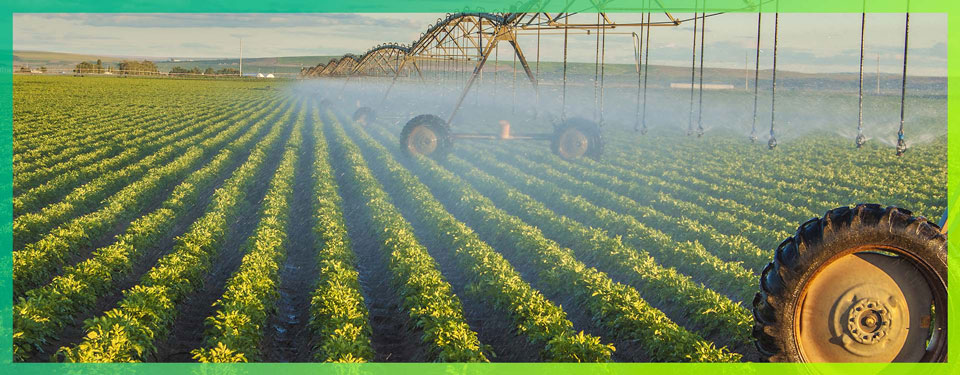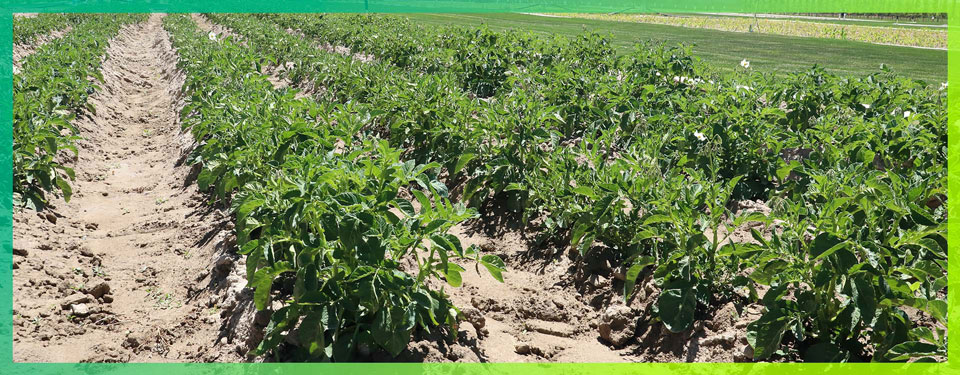By: Jason Cook
The root system of plants in today’s agriculture landscape represents one of the greatest operating systems in nature. The activity of nutrient uptake and water movement through the xylem tissue and the transport of photosynthates and other metabolites back to the soil solution is a dynamic process between plant and soil.
One distinct characteristic of the root system that enhances a plants ability to absorb water and dissolved nutrients is classified as lateral root branching. This type of architecture allows the root to run deep and wide through the soil, increasing the surface area by which mass flow, diffusion, and root interception aid the plant in transporting water and nutrients. Maintaining the functionality of a healthy active root system and continual development of new root tips throughout the growing season becomes an important management task, as nutrient distribution and availability in the soil is a compounding issue to plant metabolism. There are also limiting factors such as compaction, poor soil structure, and salt accumulation that reduce the plants rooting ability. Root Rx™ has the capacity to reduce abiotic stress by increasing the quality and quantity of the root system. Key carbon compounds in Root Rx™ facilitate an increase in antioxidant production which allows the plant to grow in the presence of these limiting factors without compromising the viability of the root system.

One of the major limitations in managing a viable root system is the plants’ ability to partition energy equally between roots, shoots, and fruiting sites. As the plant physiologically ages, demand for sugars, and other complex carbohydrates are directed to the fruiting body away from roots and shoots, so we see senescence occur to the root system. This decline in root activity reduces the overall amount of solute flowing via plant sap, reduces metabolic activity, shifts hormone balance of the plant, and can have a drastic impact on survivability.
One solution to maintaining a healthy active root system offered via Redox Bio-Nutrients, is the use of carbon chemistries that increases the uptake and utility of phosphorus by the plant. Rootex™ (6-46-5) and or Rootex™ Flowable (2-15-2) are key phosphorus products designed to meet plant phosphorus demand, reduce chemical tie up with Ca, Al, Fe and promote healthy proportionate root growth during the growing season. This level of efficiency is gained by complexing and chelating the electrical charge of phosphorus molecule with amino acids so that available cations cannot form insoluble chemical bonds that limit both cation and anion uptake by the plant.

Other key components of Rootex™ that make it extremely valuable compared to other phosphorus inputs are its ability increase the energy cycle of the plant by helping direct the metabolic activities associated with phosphorus and increasing the expression of root growth from a genetic response. These plant processes are not only dependent on phosphorus but also require calcium. The incorporation of calcium into a phosphorus management strategy is a unique offering by Redox Bio-Nutrients. With amino acid chelation of Rootex™ and specialized surfactant technology in Mainstay™ Calcium, we can tank mix Mainstay™ Calcium and Rootex™ together to meet both P and Ca demand. This compatibility offering allows for the opportunity to focus on crop quality improvements associated with calcium nutrition, without sacrificing dollars to chemical tie-up in the soil.
The relationship between phosphorus uptake and utility, root growth and metabolism, and product input selection are all factors that you have control of in generating positive ROI.

Questions? Want to know more about Root Development; Nature’s Operating System?
Subscribe to receive our Redox Bio-Nutrients updates